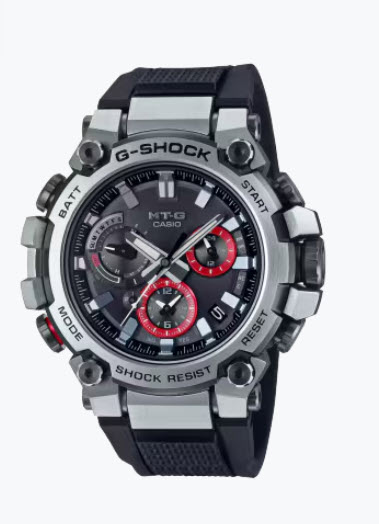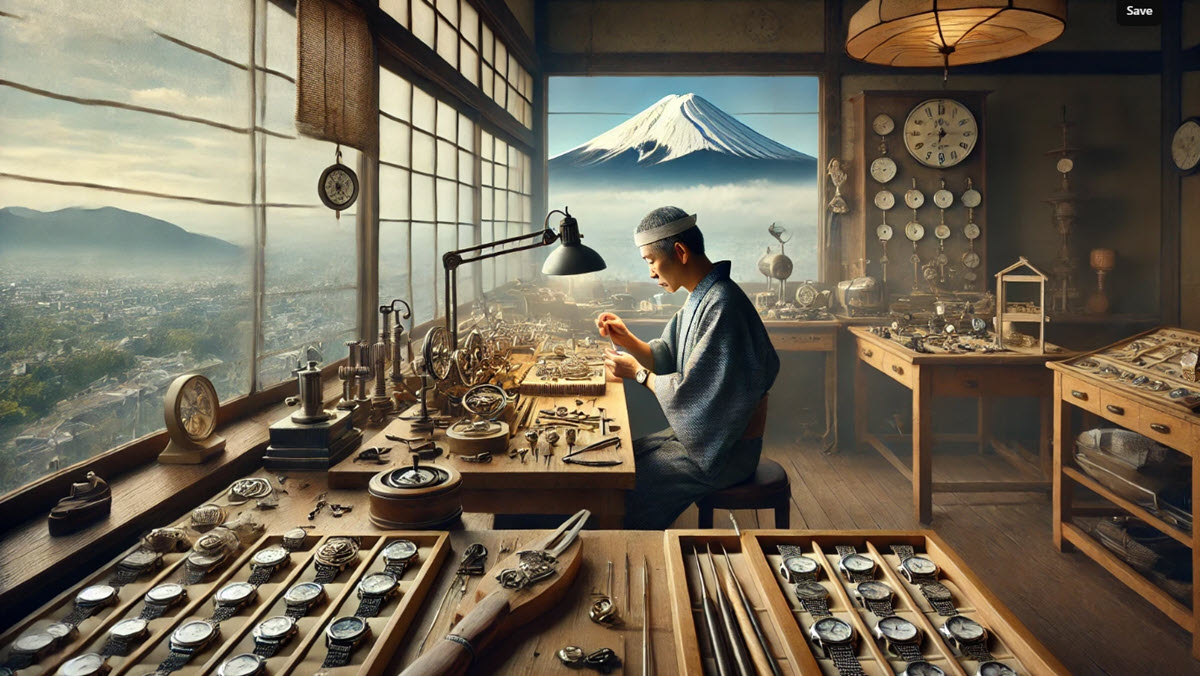In horology, Japanese wrist watches hold an extraordinary reputation. Their remarkable craftsmanship coupled with the timeless aesthetic, technological advancements, and industry innovation have shaped the evolution of wrist watches. Take Seiko for instance, their innovation together with Citizens eco-friendly technology and Casio’s functional design spearhead the Japanese ethos of traditional fusion with contemporary ingenuity.
Now it is time to delve into the artistry and culture that captures the beauty of excellence.
A Celebration of Japan
Japanese watchmaking distinctly began in 1881 with the foundation of Seikosha by Kintaro Hattori. “To conquer time”, as Hattori had dreamt and therefore sought to manufacture reliable and precise time pieces, long before Japan was prominent in circuit technology. He introduced time pieces known for unique craftsmanship without crossing the borders of construction deadline.
The World War II Era marked a significant period for Japan. Global supremacy with the invention of Seiko Astron came into fruition in 1969 after introducing the world’s first quartz wrist watch, which kicked off Japan’s dominance with watch manufacturing. A close inspection of modern Japanese watches will reveal their masterful use of historical craftsmanship and modern technology intricately woven together. This is a philosophy closely related to monozukuri, the Japanese idea that translates to the spirit of creating things with devotion and precision.
The Art of Japanese Watchmaking: Tradition Meets Technology
Japanese watchmaking artfully combines ancient techniques with modern inventiveness. Japanese artisans are particularly renowned for delicate finishing techniques like Zaratsu polishing, now considered a hallmark of Grand Seiko models, which creates distortion-free mirror surfaces.
Aside from craftsmanship, Japanese brands are known for countless inventions. Seiko set the pace by creating quartz movements, Spring Drive technology, and kinetic energy systems. Eco-Drive, introduced by Citizen, eliminated the need for regular battery changes and created a solar-powered watch. On the other hand, Casio had his shock when G-shock was released. The technological advancements and extreme durability and functionality made g-shock a global phenomenon.
Japanese watches remain unrivaled in the world due to their luxurious artistic features combined with unparalleled technology.
Leading Japanese Watch Brands That Define Excellence
These few brands have reached international acclaim due to their endless quality and innovation:
Seiko
Seiko stands out for his value diversification, offering everything from affordable everyday watches to the ultra-luxurious Grand Seiko line. The company’s international dominance is attributed to the invention of quartz, kinetic, and spring drive movements. These are emblems of superior craftsmanship together with unrivaled industry technology.
Citizen
Known for its Eco-Drive technology. prominent for producing solar powered watches. The Promaster line caters to adventure enthusiasts, while the dress watches add a touch of finesse.
Casio
Casio transformed the industry after releasing the G-Shock in 1983, a shock-resistant and nearly indestructible timepiece. The brand also enjoys recognition for producing digital watches, along with smartwatches and Bluetooth-enabled watches.
Grand Seiko
A luxurious off-branch of Seiko, Grand Seiko is known for its intricate hand-finishing and precise movements. Each Grand Seiko watch epitomizes the zenith of Japanese horological craftsmanship.
Iconic Japanese Watch Designs That Shaped the Industry
Japanese watches are not only about technology, but they have also given the world some of it’s most advanced designs.
- Seiko Diver’s Watch: a legend for its indestructible case and performance under the water.
- Casio G-Shock: Respected as a cultural icon because of its oversized and tough exterior.
- Seiko Presage: Admired for the craftsmanship of its dials and for being timelessly Japanese.
- Citizen Promaster: Made for those who adore traveling due to its sporty look and athletic features.

These designs epitomize the Japanese pursuit of aesthetic, usefulness, and innovative ideas and concepts.
Japanese Watch Movements: Quartz vs. Mechanical
Japan proudly leads the world in the production of quartz and mechanical watch movements. The quartz watches created by Seiko, for example, provide unmatched precision and require virtually no servicing. Mechanical movements, which can be observed from Grand Seiko and Seiko Presage, showcases the craftsmanship of traditional watchmaker’s art through its complex gears and springs.
From the precise timekeeping of quartz to the charming allure of mechanical craftsmanship, Japanese watches sustain an excellent standard in every category.

Innovative Features and Complications in Japanese Watches
Watches from Japan transcend the limits of simple time telling. New technology added to the watches includes the following:
- Solar-powered Eco-Drive technology (Citizen)
- Spring Drive movement (Grand Seiko)
- GPS and Bluetooth connectivity (Seiko Astron and Casio G-Shock)
- High performance dive features (Seiko Prospex)
- Smart watches with advanced fitness tracking (Casio and Citizen)
These attributes help ensure Japanese watches cater to the needs of traditionalists and technical enthusiasts alike.
The Passion of Japanese Watch Collectors
Japanese watches are cherished by collectors from all corners of the globe. The heritage, technology, and design that meld together, give an extraordinary experience of owning one. From vintage Seiko divers to limited edition G-Shocks, collectors often appreciate the purpose and events that inspired the creation of a watch.
The help of online markets, boards, and social media has escalated this passion, allowing fans to connect all over the world to share and appreciate the Japanese watchmaking culture.
Maintaining Your Japanese Wristwatch
To prolong the longevity of a Japanese watch:
- Mechanical pieces require service every 3-5 years.
- Quartz watches must not be kept near strong magnets.
- Store the watches in a cool, dry place.
- Use a soft cloth to clean cases and bracelets regularly.
- For automatic models, use watch winders while not using the timepieces.
If you take proper care of your Japanese watch, it will serve its purpose beautifully for a long time.
Final Remarks: The Enduring Nature of Japanese Watches
More than just devices for tracking time, Japanese wristwatches represent culture, technology, and devotion. Japanese craftsmen who aim higher and higher in the field of horology make it an industry to marvel at.
There is a Japanese timepiece for everyone, from the sturdy reliability of Casio’s G-Shock to the sophisticated refinement of Grand Seiko. Not only is the craftsmanship impressive, but the fact that it embodies tradition while still looking forward to the future makes it timeless art in today’s fast-paced world.
At Evolution Watches, we admire the accurate, delicate, and time-honored artistry of Japanese watchmaking, designed not only to serve the purpose of telling time, but to tell a tale.




